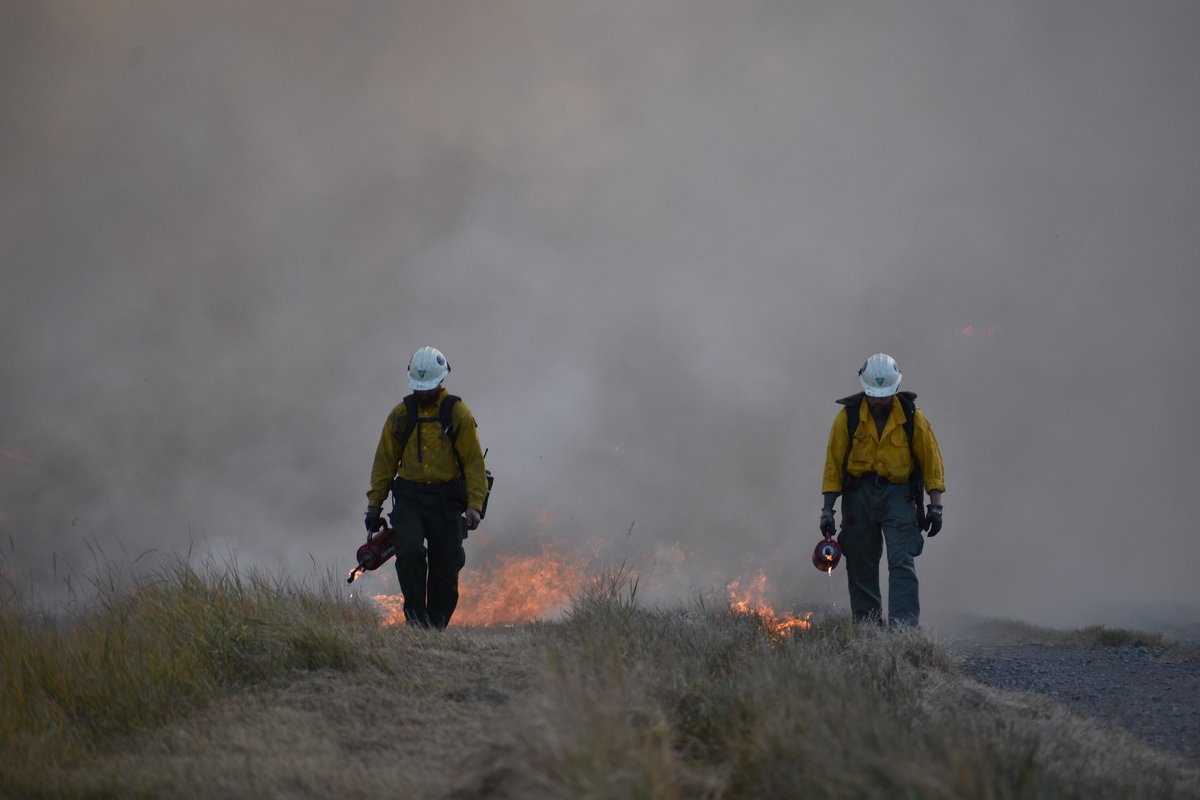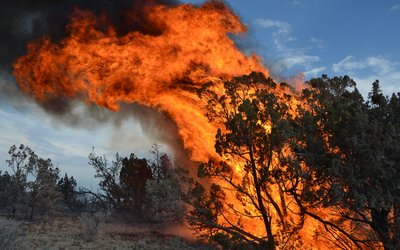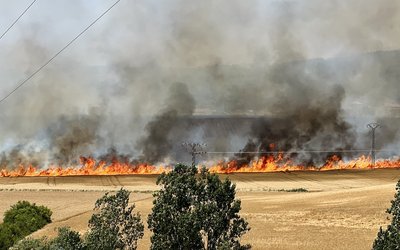Controlled burning to fight wildfires: Indigenous populations show us the way
November 4, 2024

Photo: Controlled burning (photo: Bureau of Land Management Oregon and Washington, www.flickr.com)
Controlled burning
Large wildfires cannot be prevented, no matter how much money you invest combating them, experts concluded. They say we should deal with extreme wildfire events in the same way as earthquakes: they are unavoidable, so it's best to focus on limiting the impact. Landscapes can be made less vulnerable by preventing vegetation and dead wood from piling up and keeping flammable areas separated with strips of land that can stop or delay fires. Controlled burning of overgrowth can be an important, effective part of this strategy. Estimates indicate that by the end of the century, assuming we are unable to curb climate change, the loss of natural areas in Europe due to fires could be 200% greater than it is now. Under a controlled burning strategy, that increase could be limited to under 50%.
A change of course
In 2020, experts called for this change of course: a shift from focusing on fighting fires to limiting their impacts. It was particularly noteworthy that the authors were experts from all around the world. What is happening in southern Europe is also happening in other parts of the world with a Mediterranean climate, in which cool, wet winters stimulate the growth of shrubbery and trees that feed wildfires in hot, dry summers. Recently, scientists showed that this effective strategy was common practice in the life of Australia’s Indigenous population before British colonization.
Cultural burning
According to these scientists, many Indigenous groups globally have practiced “cultural burning” to systematically apply frequent low-intensity fire to the land. As a result, they interrupted fuel load connectivity and reduced the intensity of wildfires. For thousands of years, this strategy has been carried out by the Indigenous population in southeastern Australia. British colonization has suppressed these practices. In combination with the active suppression of wildfires in the 20th century, this has caused fuel loads to increase. Now, eucalypt-dominated vegetation communities burn at extreme intensities.
50% less shrub cover
The scientists quantified the impact of “cultural burning” by reconstructing vegetation cover, past climate, biomass burning, and human population size across key periods of human occupation in Australia. These periods include a period of intensified human activity for about 5000 years prior to British colonization, the earlier period of no to little human activity in Australia, and the period of postcolonial cultural burning suppression. They showed that “cultural burning” resulted in a 50% reduction in shrub cover, from approximately 30% before the arrival of the indigenous population to 15% over the last 5000 years. Since the start of British colonization, shrub cover has increased again to about 35%. The change in shrub cover also reflects the change in the risk of high-intensity fires, the scientist showed from charcoal records in the sediments of wetlands and lakes.
Fight fire with fire
This historic reconstruction illustrates how cultural burning reduced the intensity of wildfires: The 50% reduction in shrub cover made it more difficult for ground fires to travel upwards into the forest canopy and create high-intensity fires. These practices demonstrate what experts are referring to when they say we should focus on limiting the impact. In the words of the authors of the Science article, the histories of Indigenous burning regimes across the world can help us to “tame the flames” of today.
Source: Mariani et al. 2024. Science 386: 567–573.








